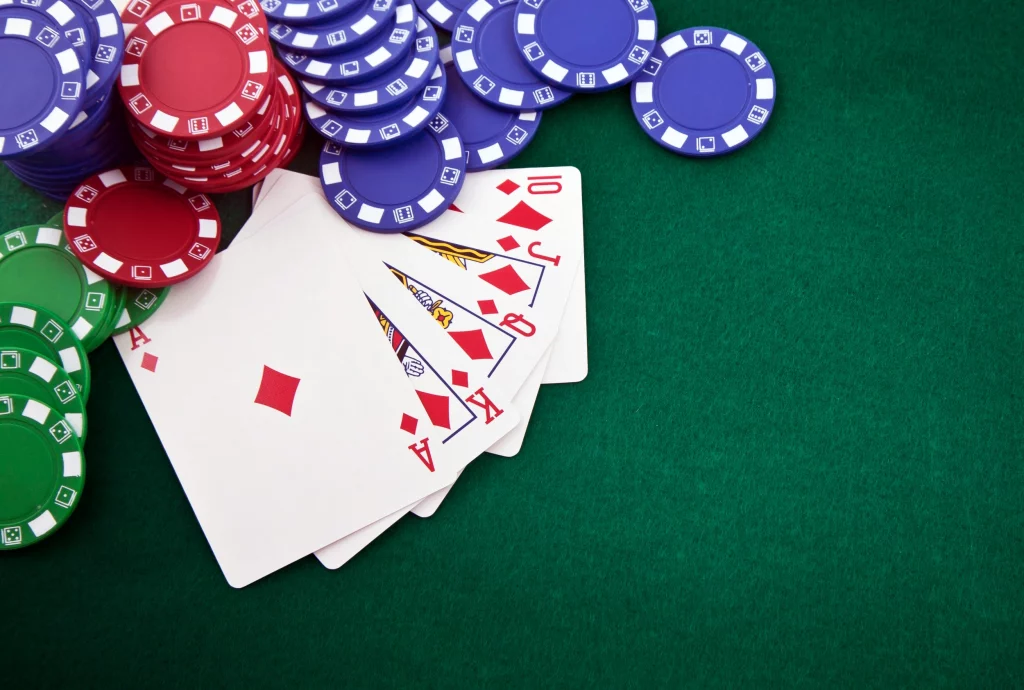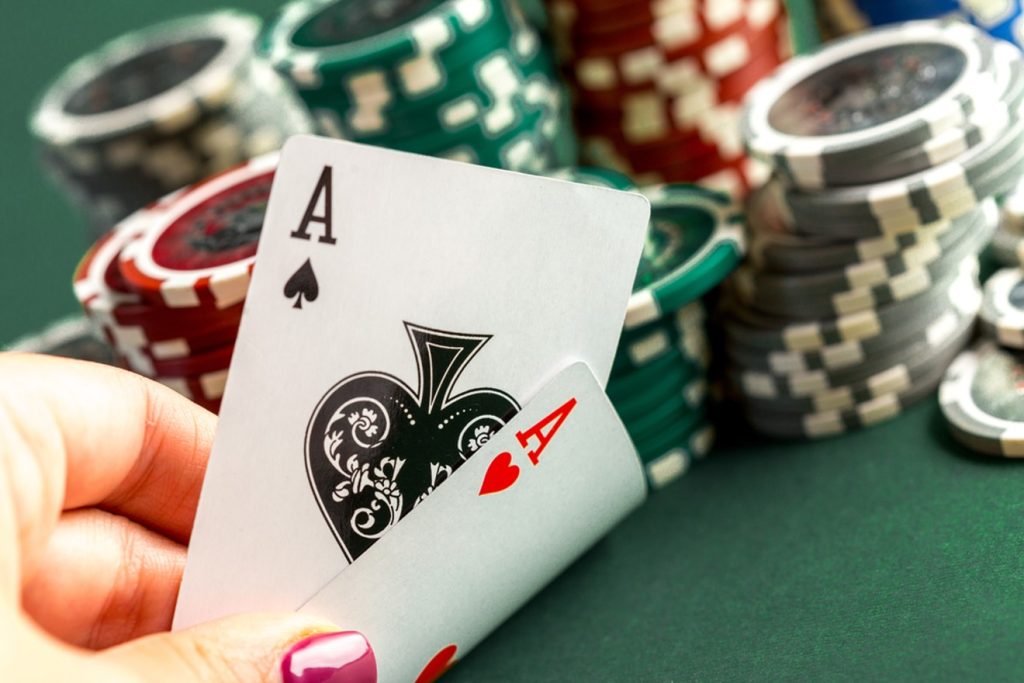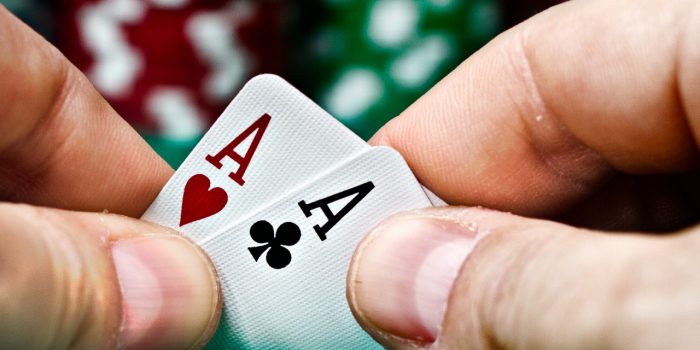Poker is a game of skill and strategy, but sometimes it’s the art of bluffing that can give you an edge. If you want to up your poker game and learn how to use bluffs effectively, then this article is for you. From knowing when to bluff and how much to bet, to which hands are best for bluffs and who are good targets – we’ve got everything covered! So if you’re ready to take your poker knowledge to the next level, read on and master the art of bluffing.
Rules of Thumb for Bluffing
Bluffing in poker is difficult for inexperienced players. However, there are some helpful rules of thumb. Consider the player’s table image and the strength of their hands before bluffing. Use bluffs more in the late position and less in the early position.
Pay attention to other players’ reactions and adjust accordingly. It’s important to understand when not to bluff as over-bluffing can be costly. Following these rules can make players better at bluffing and understanding poker.

[pokareview_tablelistv2 sort=”title” size=”big” num=”10″ reviews=”20407,20405,20406,20237,20239,20414,20410,20412,20236,20244,20246,20242″ show_free_spins=”false” counter=”true” filters=”false” score_style=”tablev2″]
When is the Best Time to Bluff?
The best time to bluff in poker is during late-position play. This is because the player has more information and can use this advantage to their benefit. Additionally, experienced players know that bluffing too often in an early position can be costly due to a lack of information about the other players’ hands. Late-position bluffs should also be used sparingly as opponents may catch on quickly if they are done too frequently.
Furthermore, it is important to consider the type of opponent you are playing against as well as their table image when deciding whether or not to bluff. For example, tight players will likely call less often than loose players and therefore need a stronger hand for a successful bluff attempt.
Experienced poker players understand that bluffing at the right time is essential for success; understanding when to bluff and when not to bluff is key to becoming a successful poker player.
How Much Should You Bet?
When bluffing in poker, the amount you bet is important. The more you bet, the more powerful your bluff can be. But betting too much can give away your bluff to experienced players.
It’s important to find a balance between your risk and the likelihood of your opponent’s calling. Bet around 25-50% of the pot as a beginner. Position at the table is also important; bluffing from a late position with few players left can be effective. Balancing your bet amount and timing is crucial to success in poker.
When Should You Fold?
Knowing when to fold is crucial in poker and can impact your chances of winning. It can be challenging for inexperienced players, but there are indicators to look for. If you have a weak hand or suspect your opponents have stronger hands, folding is typically the best choice. If your opponents are playing aggressively or making large bets with strong hands, likely, they’re not bluffing. Pay attention to table dynamics and your opponents’ patterns to determine if it’s time to fold. Overall, folding is a valuable tool for any poker player to use wisely.
Which Hands Are Best to Bluff With?
Bluffing is important in poker, but not all hands are suitable for it. Experienced players should choose hands with strong winning potential that are unlikely to be called. Flush draws and open-ended straight draws can be good options.
Backdoor draws and small pocket pairs can also be used against tight players. Consider table image and position when bluffing. Late position is generally more effective. Understanding the best hands for bluffing can make a competent player successful.
Who Are Good Targets For a Bluff?
Inexperienced players are good targets for a bluff. They often fold when they don’t understand the dynamics of the poker table. Bad players who overplay their hands can also be good targets. Competent players are usually not good targets for a bluff, as they can recognize the tell-tale signs.
It’s important to study your opponents before engaging in a bluff. Identify those who lack experience or call too many bets. They make ideal targets for your bluffing strategy.
What About Table Images and Opponent Types?
Having a good table image is important in poker. It’s important to be aware of how your opponents perceive you. Bluffing can be risky if done too much or aggressively.
Opponents may catch on and become less likely to fold. Pay attention to your table image and adjust accordingly. Experienced players are harder to bluff than novice players. Tight players may provide good bluffing opportunities. Knowing about table image and opponent type can increase success at bluffing.
Tips for Inexperienced Players
As a poker player, it can be difficult to successfully bluff against more experienced players. But with the right strategy and a few tips, even inexperienced players can become successful in bluffing. Here are five tips that are particularly useful for new players:
1) Don’t be afraid to sometimes fold when faced with an opponent who is betting or raising heavily; this shows that you are disciplined and not willing to take on too much risk.
2) It’s important to pay attention to the table image of your opponents; experienced players may call a bluff if they sense weakness, so adjust your strategy accordingly.
3) If you have strong hands in late position, consider making big bets or raises as this can make players in early positions fold and give you the pot without having to show your cards.
4) Look for opportunities where inexperienced players may be more likely to fold despite a good hand; for example, if they have flush draws but no other outs then a well-timed bet could convince them to fold.
5) Finally, it’s important not to overdo it – only employ bluffs occasionally as overusing them can become predictable and reduce their effectiveness. With these tips in mind, even inexperienced poker players can gain an edge at the poker table through successful bluffing.

Conclusion The Art of Bluffing in Poker: Tips and Tricks
The Art of Bluffing in Poker: Tips and Tricks:- Bluffing is a risky strategy that can be employed to gain an edge at the poker table, but it must be used with caution. Good targets for bluffs are inexperienced and bad players who may not recognize when they are being bluffed.
It is also important to pay attention to table images and the types of opponents at the table. Finally, this article provides five tips for inexperienced players looking to improve their bluffing strategy, including paying attention to table image, betting big with strong hands in late position, recognizing opportunities when opponents may be likely to fold despite a good hand, and not overusing the bluff. With these tips in mind, even new players can become successful at bluffing.

